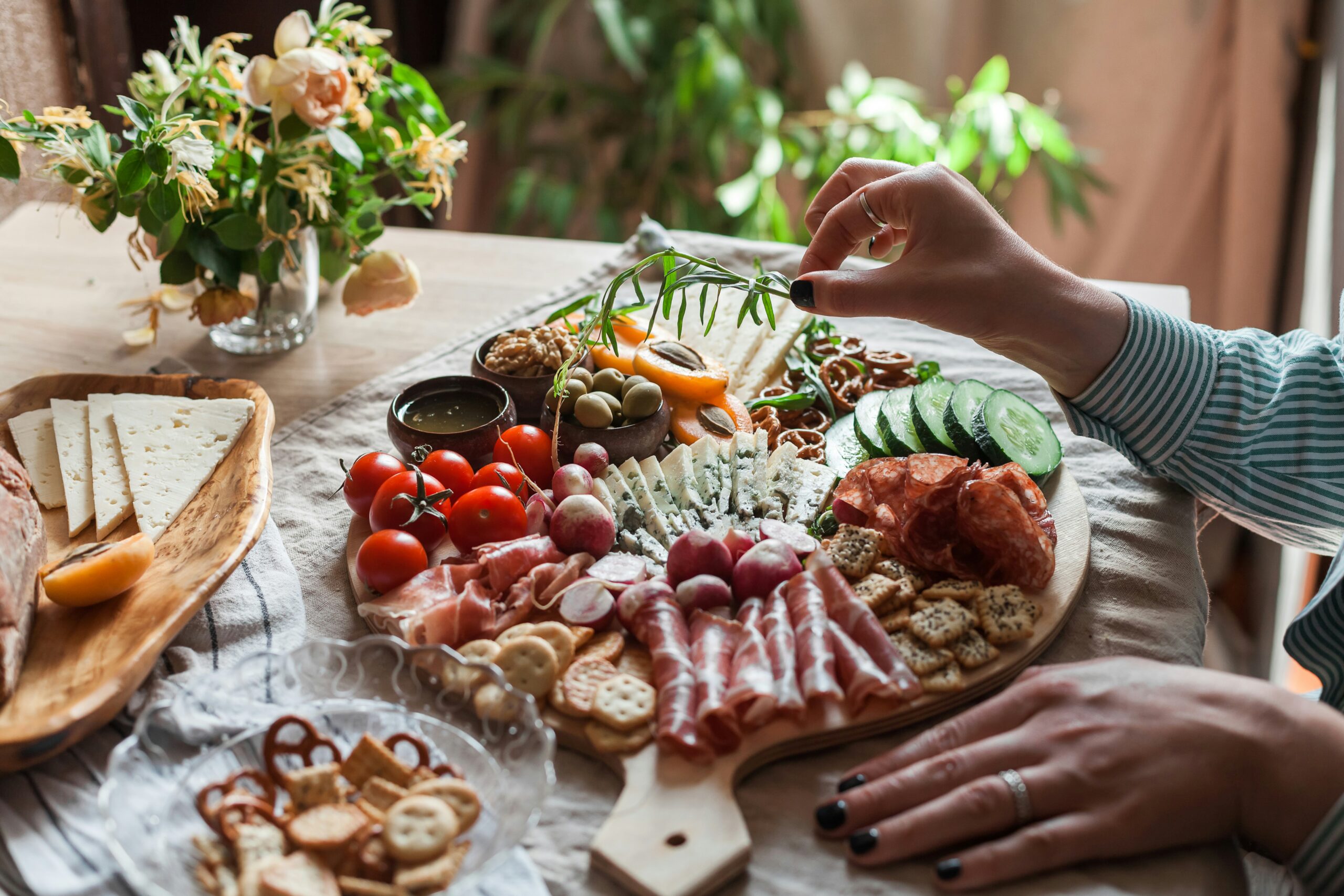
The Ritual of the Table
From the earliest gatherings around fire to the modern dining room, the table has always been more than a place to eat. It is a stage for conversation, a cultural meeting ground, and a symbol of hospitality. Sitting down to a meal is one of the simplest yet most profound rituals we share as humans. The act of breaking bread together can dissolve barriers, ease tension, and create bonds that words alone cannot forge. Every culture, regardless of geography, has traditions that elevate dining into something more than sustenance—into celebration.
The Multisensory Experience of Eating
Food is more than flavor; it is a feast for all the senses. The sizzle of garlic in a hot pan, the earthy aroma of fresh herbs, the gleam of ripe fruit under sunlight—each moment contributes to the experience long before the first bite. Texture plays its own role, whether it’s the crunch of a perfectly baked crust or the smooth silkiness of custard on the tongue. Even sound enters the picture: the crisp snap of an apple or the gentle fizz of sparkling wine adds another layer of delight. To eat with attention is to immerse oneself in an orchestra of sensations that transforms nourishment into artistry.
The Social Fabric of Food
Meals are inherently communal. The tradition of shared dishes in places as varied as Italy, Ethiopia, and China shows how food encourages togetherness. When people pass plates, serve one another, or linger over desserts, dining becomes an exchange of generosity. Holiday tables, laden with family recipes, are mighty in binding generations together. Each dish becomes a story, a memory, a continuation of heritage. Food connects us not just to one another but also to the lineage of those who came before.
The Global Language of Flavor
Though languages differ, food remains a universal vocabulary. Spices and recipes migrate across borders, evolving as they adapt to new lands and palates. A curry enjoyed in London carries echoes of South Asia, just as tacos in Los Angeles reflect centuries of Mexican tradition while embracing California’s produce. Chefs and home cooks alike participate in this global dialogue, blending old flavors with new contexts. This constant exchange allows every plate to travel without leaving the table.
The Art of Slow Appreciation
Food offers us a chance to slow down in a world that moves quickly. The concept of savoring—truly pausing to notice taste, smell, and texture—invites mindfulness into our daily lives. To eat without hurry is to give food the respect it deserves; in doing so, we allow ourselves to be present. This practice transforms an ordinary lunch into a meditative act and turns a simple dinner into a memory that lingers long after the last bite.
The Power of Celebration
Birthdays, weddings, and festivals are all marked with special dishes that embody joy. Cakes ablaze with candles, roasted meats shared among guests, sweets distributed during holidays—all carry symbolic weight. These foods are more than edible; they are cultural markers that celebrate life’s milestones. The pleasure derived from them is heightened by the occasion and by the recognition that certain dishes only appear at specific times, making them treasures to be anticipated and savored.
The Balance of Nourishment and Indulgence
Food exists in a delicate balance between necessity and pleasure. On one hand, it sustains the body with nutrients. On the other hand, it gratifies the senses, sometimes indulging in excess. The beauty lies in harmony. A meal rich with fresh vegetables can be as pleasurable as a decadent dessert when prepared with care. Recognizing food as both medicine and joy ensures that we approach it with gratitude rather than guilt, celebrating the ways it keeps us healthy while delighting us.
A Personal Connection to Flavor
Every individual has foods that speak to them in deeply personal ways. A childhood soup, the first dish cooked for a loved one, or a meal savored during travel—these become emotional anchors. Taste is linked strongly to memory, and a single bite can transport us back in time. The pleasure of food is not only about the present but also about its ability to call forth stories from our past, reminding us of where we’ve been and who we’ve shared our lives with.
The Future of Food as Pleasure
As society becomes more conscious of sustainability and health, the challenge is to preserve the joy of food while adapting to new realities. Plant-based innovations, artisanal practices, and a return to local ingredients demonstrate that pleasure and responsibility can coexist. The future of dining promises not just healthier and more ethical choices, but also a deeper appreciation for the richness of flavor. What remains constant is the truth that eating will always be one of life’s most accessible and enduring pleasures.
The Endless Banquet of Life
To celebrate food is to celebrate life itself. Each meal offers a chance to connect—to our senses, to one another, and to traditions that span centuries. The pleasure of good food is not reserved for grand occasions; it lives in the simplest moments: a perfectly brewed cup of coffee, a warm loaf of bread, a shared bowl of soup. By treating food not merely as fuel but as a gift, we honor both its ability to sustain and its power to delight. Ultimately, a feast for the senses is an invitation to live more fully, to notice the details, and to savor every flavor that comes our way.